Dharamshala, 3rd April: Why is it that getting news from Tibet is becoming increasingly difficult? China boasts across the world that Tibet has been transformed “from serfdom to freedom,” yet the “freedom” appears to be merely cosmetic.
Since Xi’s ascension to the presidency of China, China has expanded its censorship and monitoring inside Tibet. There has been censorship and surveillance before, but it was not as severe as it is now. His motivations for silencing freedom activists appear to derive from the 2008 Beijing Olympics when tens of thousands of people demonstrated against China. During this time, some Tibetans self-immolated in protest of the CCP’s policy against Tibetans, causing a global outrage against China. As a result, China was cast in a negative light. To avoid a repeat of the situation, Xi went the extra mile and increased censorship and surveillance.
Tsewang Norbu, a popular Tibetan artist, was identified as a self-immolator on March 4, according to Radio Free Asia. RFA discovered his identity a week after his self-immolation, demonstrating the extent of censorship in Tibet.
Tibetans in exile claim that the lack of freedom in Tibet, as well as strict censorship practices, are leading Tibetans like Tsewang Norbu to take desperate measures, including losing their lives for their homeland.
Similarly, the news of the destruction of a massive and revered Buddha statue in Kham Drago took about a month to reach the public. Authorities in western China’s Sichuan province are reportedly abusing Tibetan monks and arresting them for telling outside contacts about the destruction of a sacred statue, according to RFA.
China’s censorship and surveillance extend not only online but even offline. RFA reported in early February that Chinese authorities in Sichuan province had detained three Tibetan Buddhists on suspicion of having “politically sensitive material.” On Jan. 10, while returning home to Chamdo prefecture’s Dakyab township from the enormous Larung Gar Tibetan Buddhist Academy in Sichuan’s Serta (in Chinese, Seda) county, Asang, Dodra, and Nortso were interrogated by authorities and then imprisoned. The news itself took one month to reach outside Tibet.
RFA reported in mid-February that a Chinese police surveillance team was working inside a Buddhist monastery for the first time, as part of a fresh crackdown on Tibetan Buddhist religious institutions. So much for “freedom.” Surveillance cameras were put outside the monastery, and officers inside kept an eye on the monks around the clock. Some young monks were pressured to attend Chinese government-run schools.
Following the deadly 2008 uprising in Tibet, Chinese authorities began erecting police stations and military barracks outside Tibet’s capital Lhasa, near the Gaden, Drepung, and Sera monasteries, which are highly respected centers for learning and practicing Tibetan Buddhism.

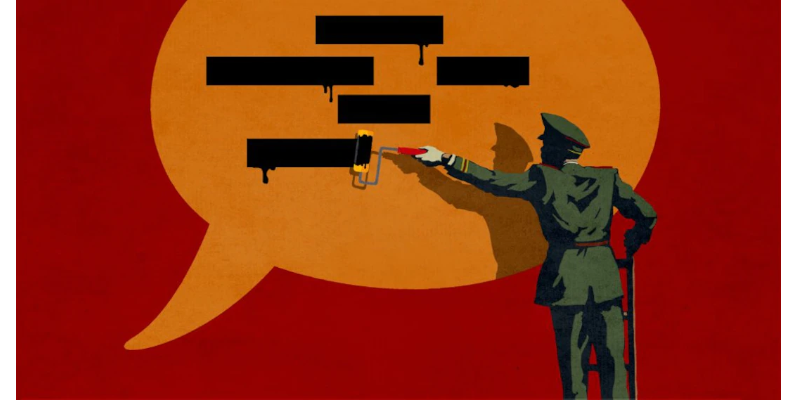
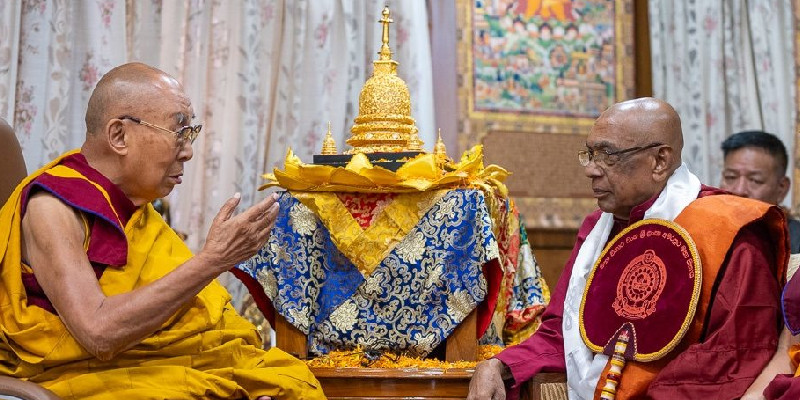
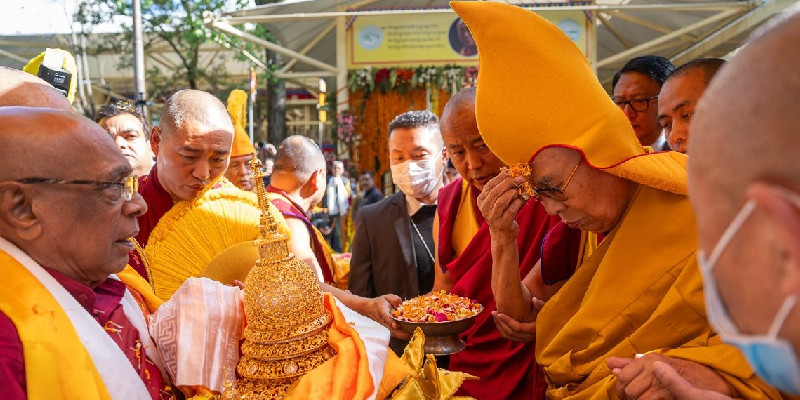
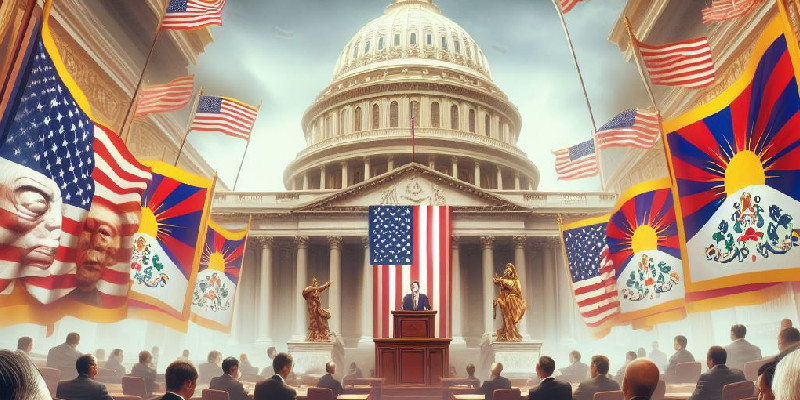
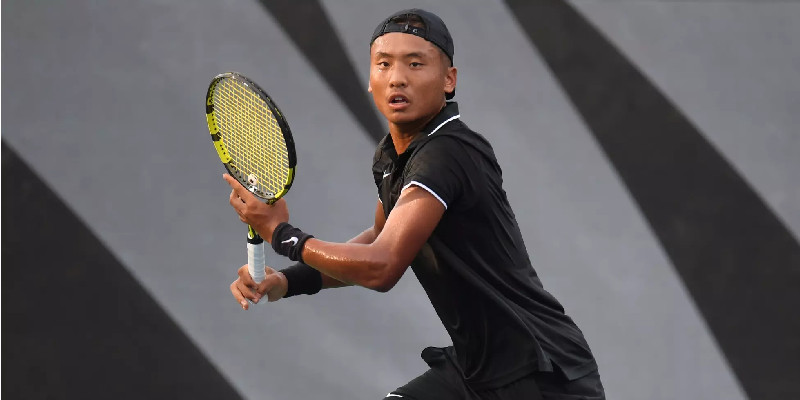
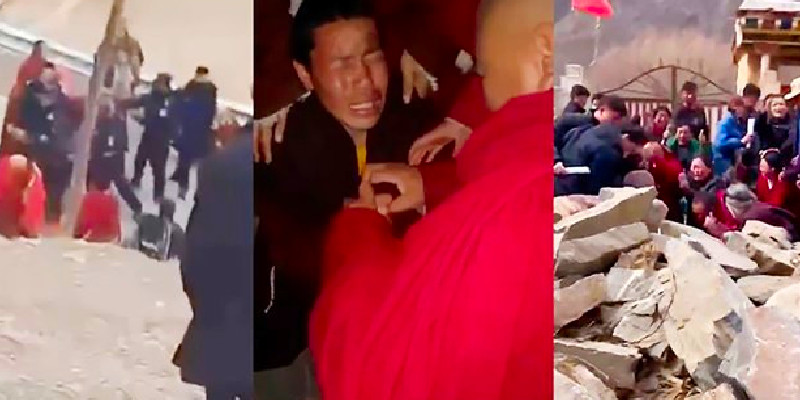
Leave a Reply